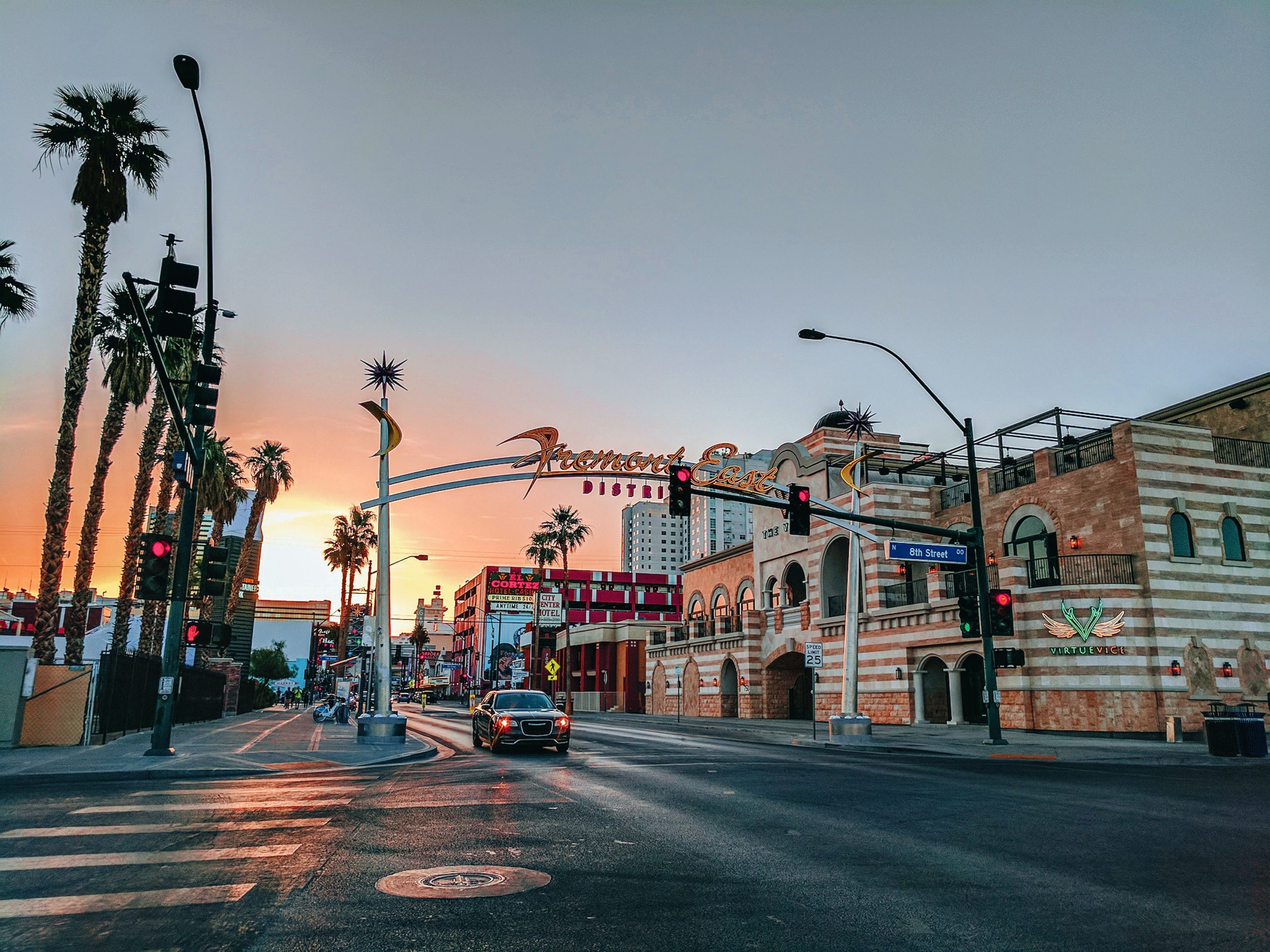
japan Travel Guide: Explore the Best of the Tokyo:
Tokyo is the capital city of Japan and one of the most populous metropolitan areas in the world. It is a vibrant and bustling city known for its modernity, rich cultural heritage, technological advancements, and unique blend of traditional and contemporary elements. Here’s an overview of Tokyo.
Tokyo’s history dates back to the 12th century when it was known as Edo. It became the political center of Japan in 1603 when the Tokugawa shogunate established its headquarters there. In 1868, the city was renamed Tokyo and became the capital of a modernized Japan.
Tokyo is a global economic powerhouse and a hub for technology, finance, and commerce. It boasts a skyline filled with skyscrapers, cutting-edge architecture, and futuristic infrastructure. It is home to numerous multinational corporations, leading universities, and research institutions.
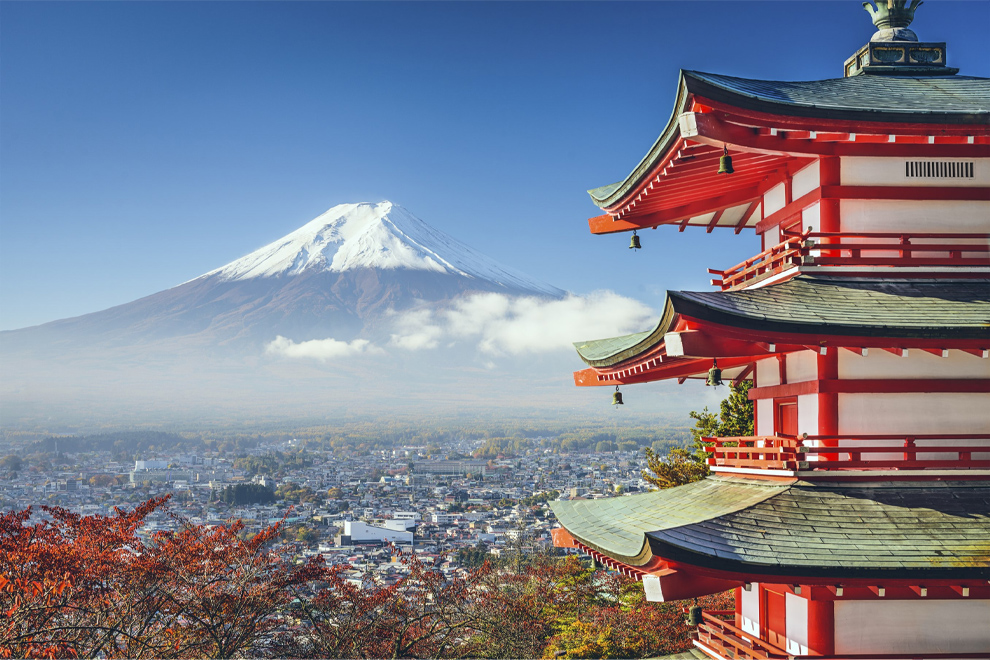
History of Japan:
- Prehistoric Japan: The earliest human habitation in Japan dates back to the Paleolithic period around 30,000 BCE. The Jomon culture, known for its distinctive pottery, emerged around 10,000 BCE.
- Yayoi Period: Around 300 BCE, the Yayoi people migrated from the Asian mainland to Japan, bringing new technologies such as rice cultivation and metalworking.
- Kofun Period: From the 3rd to 7th centuries, large burial mounds called kofun were constructed, and political power was concentrated in the hands of clan leaders.
Best time visit Japan:
The best time to visit Japan depends on your preferences and the activities you plan to engage in during your trip. Japan experiences four distinct seasons, each offering unique experiences. Here’s a breakdown of the seasons and their highlights:
- Spring (March to May): Spring is a popular time to visit Japan due to the famous cherry blossoms (sakura) that bloom across the country. This is a beautiful time to visit parks, gardens, and temples. However, keep in mind that it can be crowded, and accommodations may be more expensive.
- Summer (June to August): Summer in Japan is hot and humid, especially in July and August. This season offers various festivals and outdoor activities like hiking, beach trips, and fireworks displays. It’s a great time to explore mountainous regions such as Hokkaido or the Japanese Alps.
- Autumn (September to November): Autumn in Japan brings stunning foliage, known as “koyo.” The landscapes are painted in vibrant red, orange, and yellow hues. Popular destinations include Kyoto, Nikko, and the northern regions of Hokkaido. The weather is generally mild, making it comfortable for outdoor exploration.
- Winter (December to February): Winter in Japan is known for its snowy landscapes and winter sports activities. Regions like Hokkaido, Tohoku, and the Japanese Alps are popular for skiing, snowboarding, and hot spring resorts. The cities also have illuminations and festive atmospheres during the holiday season.
It’s important to note that each season has its own advantages and disadvantages. Consider your interests, preferred weather, and the type of experiences you want to have when deciding the best time to visit Japan.
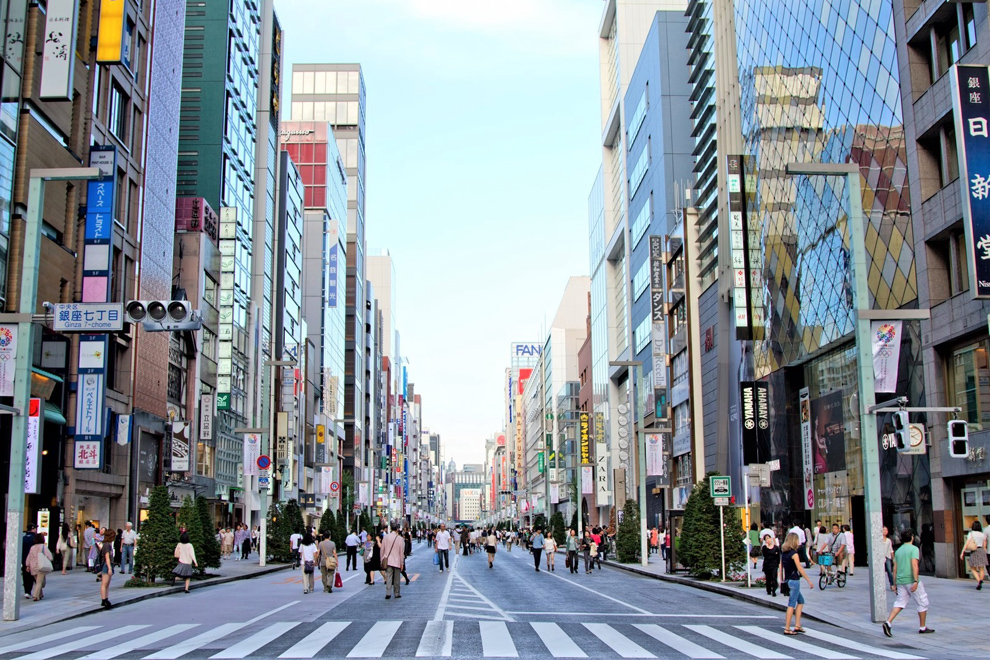
How to reach Japan:
Becoming wealthy or financially successful in any country, including Japan, typically requires a combination of knowledge, skills, hard work, and strategic decision-making. Here are some general principles that can be applied to pursue financial success in Japan.
Education and Skills Development: Invest in your education and acquire valuable skills that are in demand in the Japanese job market. This could involve obtaining a higher degree or specialized training in fields such as technology, engineering, finance, or healthcare.
Language Proficiency: Learn Japanese to a proficient level. While English is spoken in certain business environments, having fluency in the local language will significantly expand your opportunities and improve your networking capabilities.
Networking and Relationships: Building strong professional networks and relationships is essential in Japan. Attend industry events, join professional organizations, and seek mentors who can provide guidance and open doors to new opportunities.
Job Market Research: Understand the Japanese job market and identify sectors that are experiencing growth and have high earning potential. Research companies and industries where your skills and expertise can be valued.
Work Ethic and Dedication: Cultivate a strong work ethic and demonstrate dedication to your profession. In Japan, long working hours are common, so being willing to put in extra effort can be beneficial.
Entrepreneurship: Consider starting your own business or becoming a freelancer in a field where you have expertise. Entrepreneurship can offer greater financial rewards but also involves higher risks and responsibilities.
Financial Management: Develop strong financial management skills. Save and invest wisely, and seek advice from financial experts if necessary. Understand the tax laws and regulations in Japan to optimize your financial planning.
Continuous Learning: Keep up with industry trends and developments. Invest in your professional development through workshops, courses, and certifications to stay ahead of the curve and remain competitive in the job market.
Cultural Awareness: Familiarize yourself with Japanese culture and customs, as understanding and respecting cultural nuances can help you navigate professional settings and build relationships more effectively.
Persistence and Resilience: Building wealth takes time, effort, and perseverance. Be prepared to face challenges and setbacks along the way, but remain focused on your goals and adapt your strategies when necessary.
Traveling to Japan
Traveling to Japan can be an exciting and enriching experience. Here are some steps to help you plan your trip.
Determine the duration of your trip: Decide how long you want to stay in Japan. Consider the number of days you have available, the places you want to visit, and the activities you want to engage in.
Research and choose your destinations: Japan has a lot to offer, from vibrant cities to serene countryside and historical landmarks. Research different cities and regions to identify the ones that align with your interests. Popular destinations include Tokyo, Kyoto, Osaka, Hiroshima, and Nara.
Plan your itinerary: Determine which cities or regions you want to visit in Japan. This will help you decide which airports to fly into and out of, as well as the train routes you’ll need to take.
- Book your flights: Look for international flights to Japan from your departure location. Major airports in Japan include Narita International Airport near Tokyo, Haneda Airport in Tokyo, and Kansai International Airport in Osaka. Choose the airport that best suits your itinerary and budget.
- Arriving in Japan: After landing in Japan, go through immigration and collect your luggage. Follow the signs to the train station located within the airport. Many airports have direct train connections to major cities, which is convenient for travelers.
- Get a Japan Rail Pass (if applicable): If you plan to travel extensively within Japan, it’s worth considering purchasing a Japan Rail Pass before your trip. The JR Pass offers unlimited travel on most Japan Railways (JR) trains, including the shinkansen (bullet train), for a fixed period. You must buy the pass before arriving in Japan and activate it at a JR Pass exchange office.
- Train travel within Japan: Japan has an extensive and efficient train network, making it easy to travel between cities and regions. To navigate the train system, use a combination of local trains, limited express trains, and shinkansen (bullet trains). Purchase tickets at the ticket machines or manned ticket counters at the train stations.
- Research train routes and schedules: Use online resources or smartphone apps like HyperDia or Google Maps to plan your train routes, check schedules, and estimate travel times. The shinkansen is the fastest way to travel long distances, while local trains are more suitable for shorter journeys.
- Reserve seats (if necessary): Some trains in Japan, especially shinkansen during peak travel periods, require seat reservations. If you have a Japan Rail Pass, you can make seat reservations at JR ticket offices. For non-JR trains, look for reservation counters at the train stations or use the ticket machines.
- Enjoy your journey: Japan’s train system is renowned for its efficiency, cleanliness, and punctuality. Sit back, relax, and enjoy the beautiful scenery as you travel through Japan’s cities and countryside.
Currency and Money Matters:
The currency of Japan is the Japanese yen (JPY). The yen is denoted by the symbol “¥” and is divided into units called sen and rin, although these fractional units are rarely used in practice. Banknotes are issued in denominations of 1,000 yen, 2,000 yen, 5,000 yen, and 10,000 yen, while coins are available in denominations of 1 yen, 5 yen, 10 yen, 50 yen, 100 yen, and 500 yen.
Money matters in Japan are generally straightforward, but there are a few key points to keep in mind:
Exchange Rates: The exchange rate between the Japanese yen and other currencies can fluctuate. It’s advisable to check the current rates before exchanging your money.
Cash is King: While credit cards are widely accepted in major cities and tourist areas, it’s important to carry cash, as many smaller establishments, local markets, and public transportation often only accept cash payments. ATMs are widely available, including those that accept international cards, but it’s still recommended to have some cash on hand.
Currency Exchange: You can exchange your currency for Japanese yen at airports, banks, post offices, and currency exchange counters found in major cities. Banks typically offer competitive rates, and it’s advisable to avoid exchanging money at hotels or other tourist areas, as they may have higher fees.
IC Cards: IC cards, such as Suica or Pasmo, are rechargeable cards used for public transportation, vending machines, and some stores. These cards provide convenience and time-saving benefits for frequent travelers.
Tipping: Tipping is not customary in Japan. In fact, it can be considered rude in some situations. Service charges are often included in bills, and exceptional service is expected as part of the standard service quality.
Tax Refunds: Tourists visiting Japan are eligible for tax refunds on certain purchases. Look for stores displaying the “Tax-Free” sign, and follow the necessary procedures to claim the refund at the airport before leaving the country.
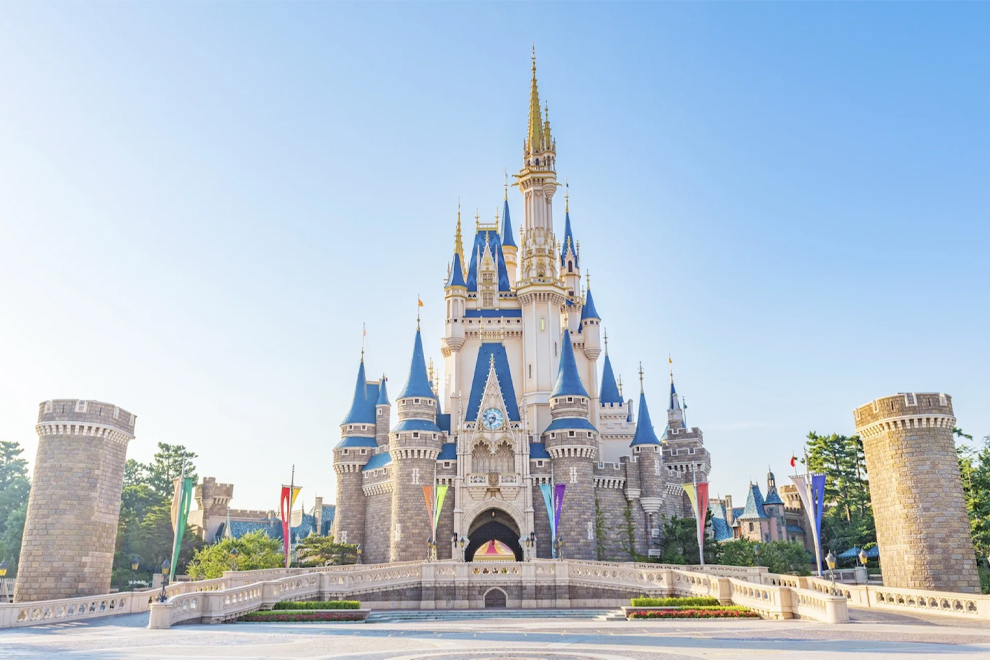
Top 10 Best Visiting Places in Japan:
Japan is a country known for its rich history, vibrant culture, stunning landscapes, and advanced technology. Here are some of the best and top visiting places in Japan.
- Tokyo: The capital city of Japan is a bustling metropolis offering a mix of traditional and modern attractions. Explore the historic Asakusa district, visit the Meiji Shrine, shop in the trendy neighborhoods of Shibuya and Harajuku, and enjoy panoramic views from the Tokyo Skytree.
- Kyoto: Known for its traditional temples, shrines, and beautiful gardens, Kyoto is a city that captures the essence of old Japan. Must-visit attractions include Kinkaku-ji (Golden Pavilion), Fushimi Inari Shrine, Arashiyama Bamboo Grove, and the serene Zen gardens of Ryoan-ji.
- Osaka: A vibrant city known for its food culture and energetic atmosphere, Osaka offers a mix of modern attractions and historic sites. Visit Osaka Castle, explore the entertainment district of Dotonbori, and experience Universal Studios Japan.
- Hiroshima: A city with a tragic history, Hiroshima is now a symbol of peace and resilience. Visit the Hiroshima Peace Memorial Park and Museum to learn about the atomic bombing in 1945. Also, explore the nearby island of Miyajima, famous for its iconic floating torii gate.
- Nara: The ancient capital of Japan, Nara is home to some of the country’s oldest and largest temples. Visit Todai-ji Temple, which houses the Great Buddha, and explore Nara Park, where you can encounter friendly deer roaming freely.
- Hakone: Located near Mount Fuji, Hakone is a popular hot spring resort town with breathtaking natural scenery. Take a scenic boat ride on Lake Ashi, soak in hot springs, and enjoy views of Mount Fuji from various vantage points.
- Nikko: Known for its ornate shrines and natural beauty, Nikko is a UNESCO World Heritage site. Visit Toshogu Shrine, which is dedicated to Tokugawa Ieyasu, and explore the picturesque landscapes of Nikko National Park.
- Sapporo: The largest city in northern Japan, Sapporo is famous for its annual Snow Festival held in February. Visit Odori Park, try delicious local cuisine, and explore the historic Sapporo Clock Tower.
- Kanazawa: Located on the west coast, Kanazawa is known for its well-preserved Edo-era districts, beautiful gardens, and the Kenrokuen Garden, one of Japan’s most celebrated gardens. Don’t miss the historic samurai district of Nagamachi and the impressive Kanazawa Castle.
- Okinawa: A tropical paradise in southern Japan, Okinawa offers stunning beaches, crystal-clear waters, and a unique culture influenced by both Japan and its neighboring countries. Explore the vibrant city of Naha, visit the historical sites of Shuri Castle, and enjoy water activities such as snorkeling and diving.

Famous Places in Japan:
One of the most famous places in Japan is Mount Fuji. Located on Honshu Island, it is an iconic symbol of Japan and is revered for its beauty and cultural significance. Mount Fuji is an active volcano and the highest peak in Japan, standing at 3,776 meters (12,389 feet) tall. It is known for its distinctive symmetrical cone shape and is a popular destination for hiking, photography, and sightseeing.
Other famous places in Japan include:
- Tokyo: The capital city of Japan, known for its vibrant cityscape, modern architecture, and bustling street life. Tokyo offers a blend of traditional and contemporary attractions, including historical sites, shopping districts, and diverse cuisine.
- Kyoto: A city renowned for its rich cultural heritage and traditional atmosphere. Kyoto is home to numerous temples, shrines, and historic landmarks, such as Kinkaku-ji (Golden Pavilion), Fushimi Inari Taisha, and Arashiyama Bamboo Grove.
- Hiroshima: Known for its tragic history as the site where the atomic bomb was dropped during World War II, Hiroshima has become a symbol of peace. Visitors can explore the Peace Memorial Park, Hiroshima Peace Memorial Museum, and the iconic Atomic Bomb Dome.
- Osaka: The vibrant city of Osaka is famous for its lively street food culture, modern architecture, and entertainment options. It is home to attractions like Universal Studios Japan, Osaka Castle, and the bustling Dotonbori district.
- Nara: Located near Kyoto, Nara is known for its historical significance and its free-roaming deer in Nara Park. The city is home to Todai-ji Temple, which houses the Great Buddha statue, and Kasuga Taisha Shrine.
Most Famous Foods in Japan:

Most Famous Foods In Japan:
- Sushi: A popular dish made with vinegared rice and various toppings, such as raw or cooked seafood, vegetables, and sometimes eggs. Sushi is often served with soy sauce, wasabi, and pickled ginger.
- Ramen: A hearty noodle soup dish with Chinese origins. Ramen typically consists of wheat noodles served in a flavorful broth, topped with ingredients like sliced pork, soft-boiled eggs, green onions, and seaweed.
- Tempura: Lightly battered and deep-fried seafood, vegetables, or even sweets. Tempura is known for its crispy texture and is often served with a dipping sauce called tentsuyu.
- Yakitori: Skewered and grilled chicken, usually served with a savory soy-based sauce. Yakitori can include various parts of the chicken, such as thighs, wings, or even chicken meatballs.
- Takoyaki: A popular street food originating from Osaka. Takoyaki are small, round batter balls filled with octopus pieces, cooked in a special takoyaki pan and topped with savory sauce, mayonnaise, bonito flakes, and seaweed.
- Sashimi: Thinly sliced, fresh raw seafood such as tuna, salmon, or yellowtail, served with soy sauce and wasabi. Sashimi showcases the natural flavors of the seafood.
- Okonomiyaki: A savory pancake often referred to as “Japanese pizza.” It typically contains a batter of flour, eggs, shredded cabbage, and various toppings like meat, seafood, and vegetables. Okonomiyaki is finished with a tangy sauce and mayonnaise.
- Udon: Thick wheat noodles served in a hot broth made from soy sauce, mirin, and dashi (a Japanese soup stock). Udon can be enjoyed with different toppings such as tempura, green onions, or tempura.
- Matcha: A finely ground powdered green tea that is an integral part of Japanese tea ceremonies. Matcha is also used to make various sweets like matcha-flavored ice cream, cakes, and traditional tea-flavored snacks.
- Miso Soup: A traditional Japanese soup made with fermented soybean paste called miso. It usually contains dashi broth, tofu, seaweed, and various ingredients like mushrooms, green onions, or fish.
Famous Shopping places in Japan:

- Ginza, Tokyo: Ginza is one of the most upscale shopping districts in Tokyo, featuring luxury boutiques, department stores, and flagship stores of renowned international brands.
- Shibuya, Tokyo: Shibuya is a bustling shopping and entertainment district, famous for its iconic Shibuya Crossing. It offers trendy fashion boutiques, department stores, and various shopping centers like Shibuya 109.
- Harajuku, Tokyo: Harajuku is renowned for its unique and quirky fashion scene. Takeshita Street is the heart of Harajuku, offering a variety of shops specializing in youth fashion, accessories, and streetwear.
- Akihabara, Tokyo: Akihabara, also known as Electric Town, is a paradise for tech enthusiasts and anime/manga lovers. It features numerous electronic stores, anime merchandise shops, and gaming arcades.
- Osaka Namba, Osaka: Osaka’s Namba district is a popular shopping area that includes Dotonbori, a vibrant street filled with shops, restaurants, and entertainment venues. It’s known for its lively atmosphere and local street food.
- Nishiki Market, Kyoto: Nishiki Market is a traditional food market in Kyoto, offering a wide array of fresh seafood, local produce, and traditional Japanese snacks. It’s a great place to experience Kyoto’s culinary delights.
- Kuromon Ichiba Market, Osaka: Kuromon Ichiba Market is a lively market in Osaka, famous for its fresh seafood, fruits, vegetables, and street food stalls. It’s a paradise for food lovers.
- Sapporo Tanukikoji, Sapporo: Tanukikoji is a covered shopping arcade in Sapporo, Hokkaido. It offers a wide range of shops, from traditional souvenirs and local delicacies to fashion boutiques and department stores.
- Nihonbashi, Tokyo: Nihonbashi is a historic commercial district in Tokyo, known for its traditional shops and department stores. It’s a great place to find traditional crafts, Japanese sweets, and high-quality kitchenware.
- Kobe Harborland, Kobe: Harborland is a waterfront shopping and entertainment district in Kobe. It features numerous shopping complexes, restaurants, and scenic views of the harbor.
Japan Nightlife:
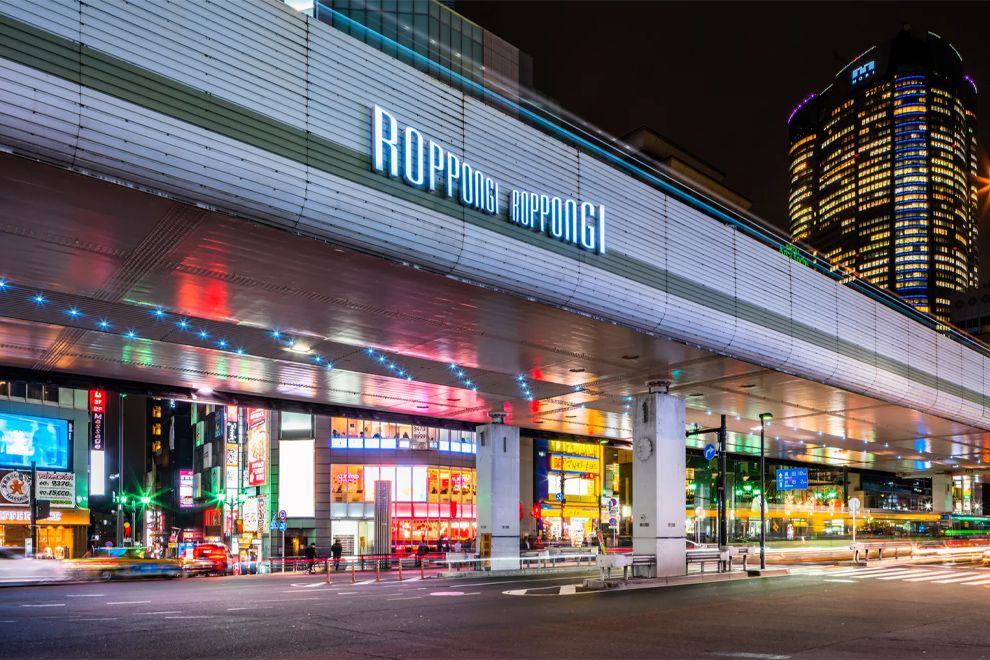
Japan is known for its vibrant and diverse nightlife scene. From bustling city districts filled with neon lights to traditional izakayas and karaoke bars, there are plenty of options for entertainment and socializing after dark. Here are some popular aspects of Japan’s nightlife:
- Tokyo Nightlife: Tokyo, the capital city of Japan, offers a plethora of nightlife options. Areas like Shinjuku, Shibuya, Roppongi, and Ginza are known for their lively atmosphere, with countless bars, nightclubs, and entertainment venues. You can find everything from intimate jazz bars to high-energy dance clubs playing a variety of music genres.
- Izakayas: Izakayas are traditional Japanese pubs where people gather to enjoy food, drinks, and conversation. They serve a wide range of small dishes, such as yakitori (grilled skewers), sushi, sashimi, and tempura. Izakayas are often lively and bustling, making them great places to experience local culture and interact with locals.
- Karaoke: Karaoke is immensely popular in Japan, and you’ll find karaoke establishments throughout the country. Many karaoke venues offer private rooms where you can sing your heart out with friends or colleagues. Some places even provide costumes and props for added fun.
- Pachinko: Pachinko is a popular form of entertainment and gambling in Japan. It’s a mechanical arcade game resembling a vertical pinball machine. Pachinko parlors are often loud and vibrant, with rows of machines and people engrossed in the game.
- Theme Restaurants and Cafes: Japan is famous for its themed establishments, including maid cafes, animal cafes, robot restaurants, and ninja-themed restaurants. These places provide unique experiences where you can enjoy food and drinks while immersing yourself in a particular theme.
- Night Markets: Some cities in Japan have night markets, offering a blend of food stalls, entertainment, and shopping. One such example is the Ameya-Yokocho Market in Tokyo, where you can explore various vendors selling street food, clothing, accessories, and more.




